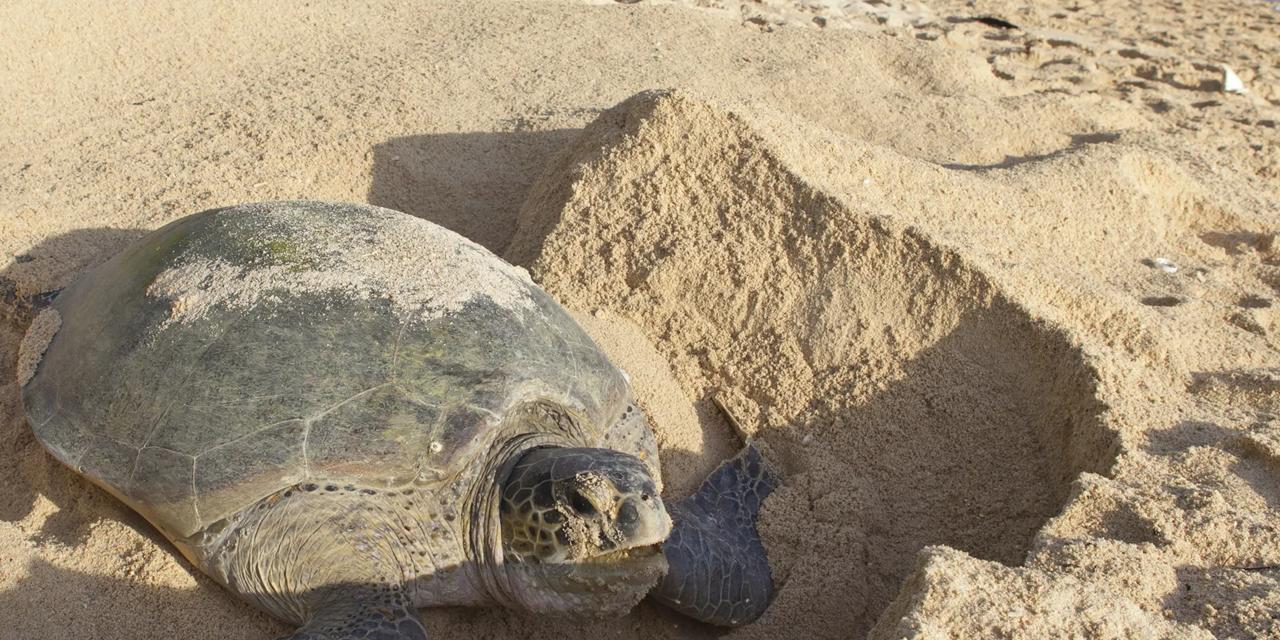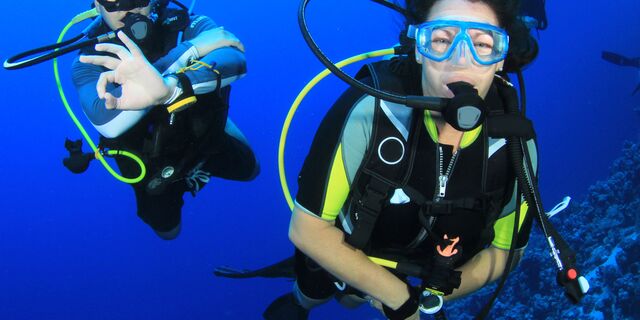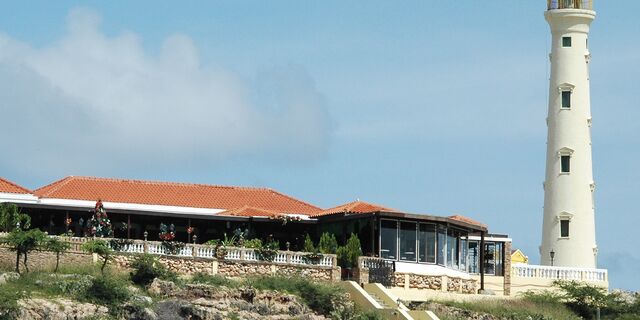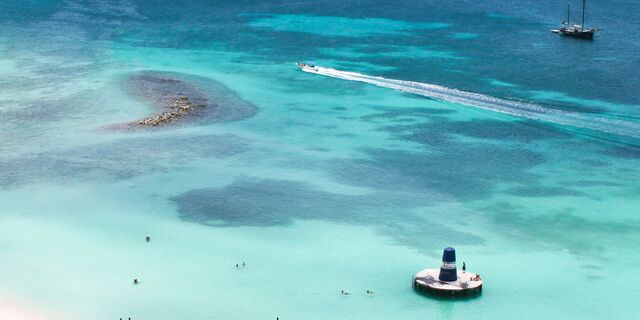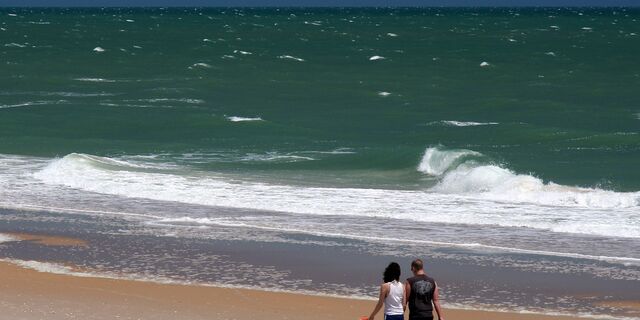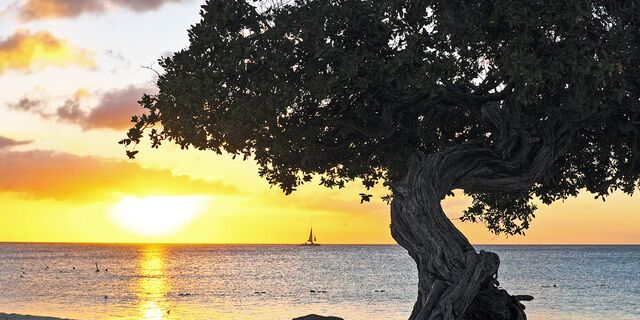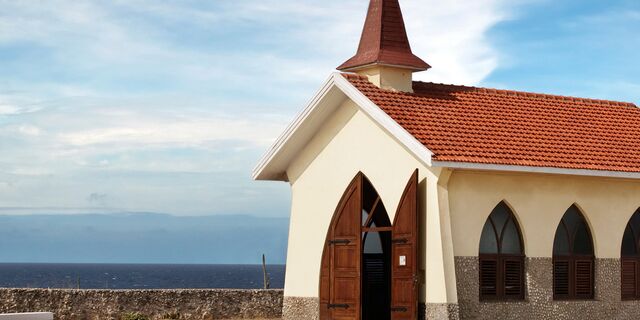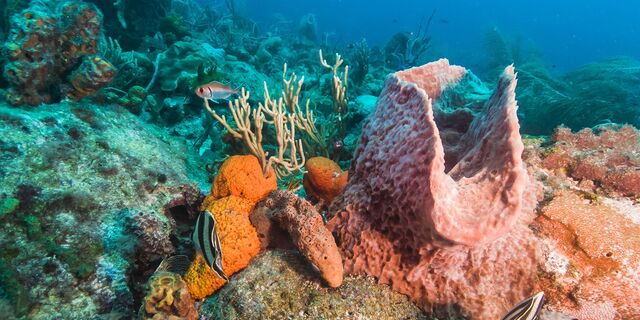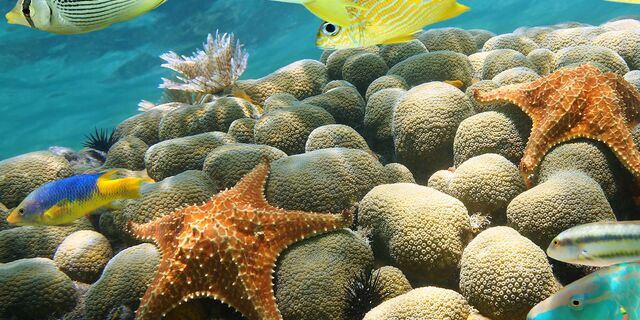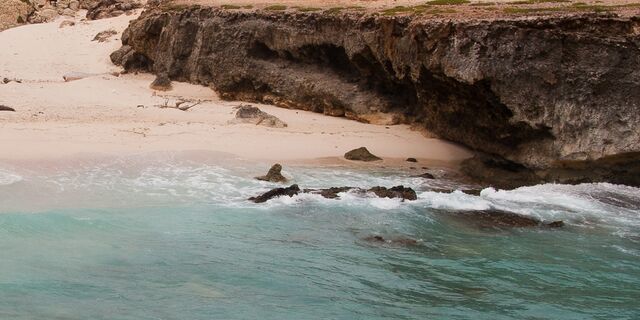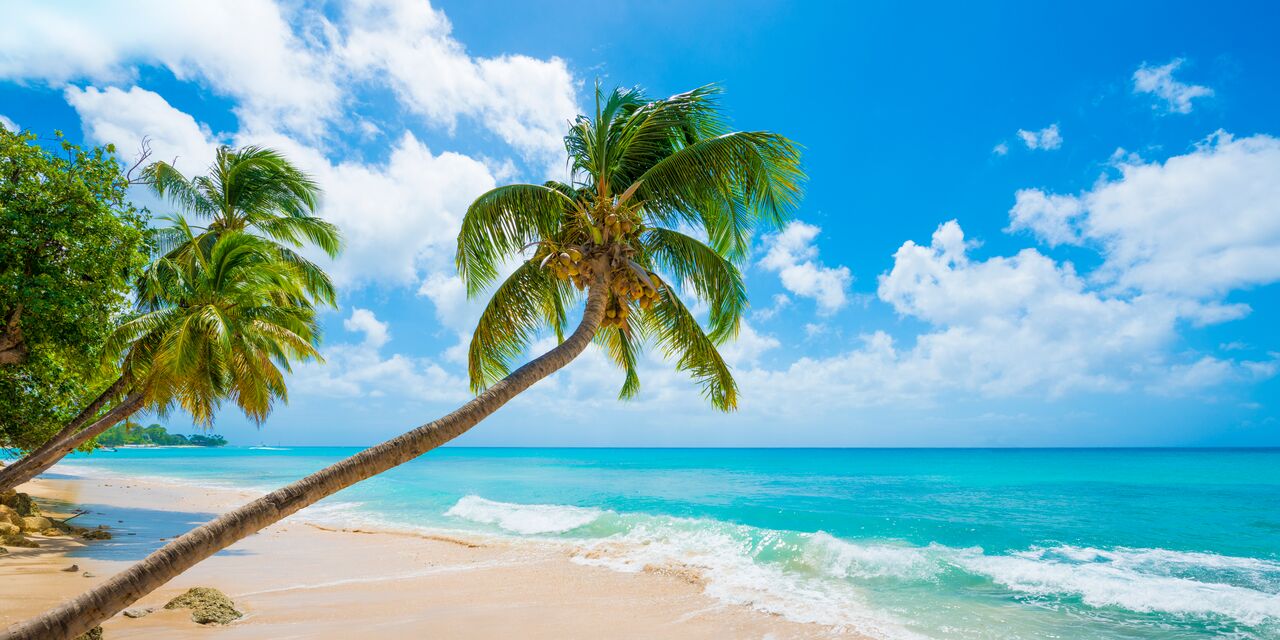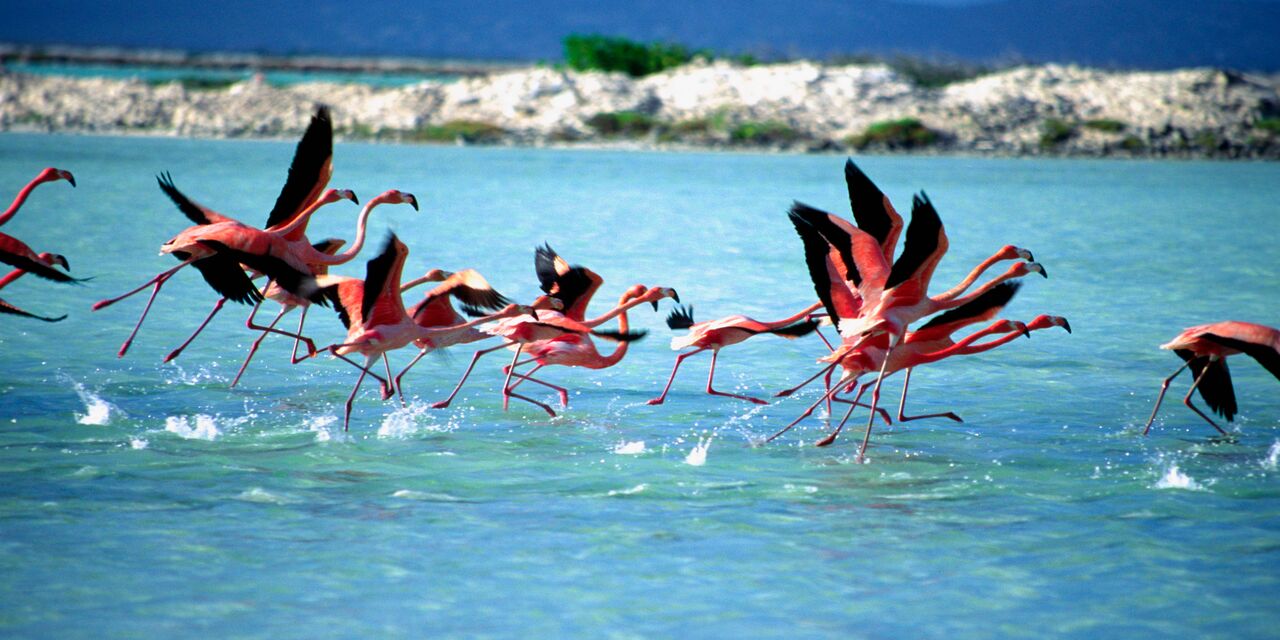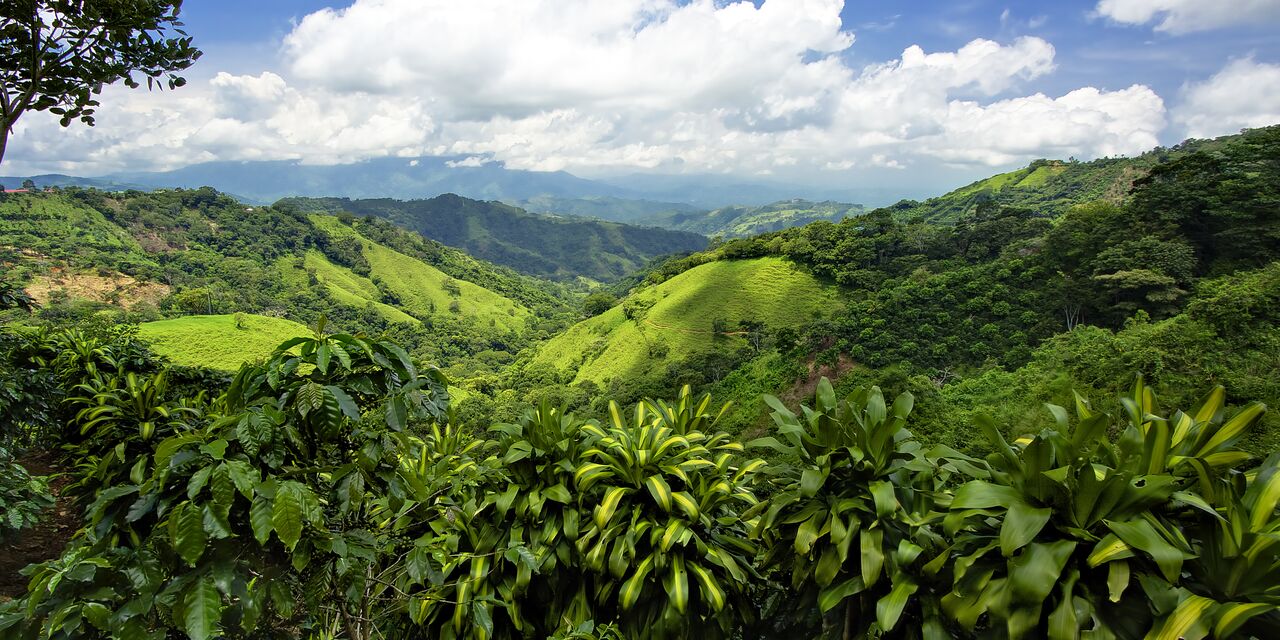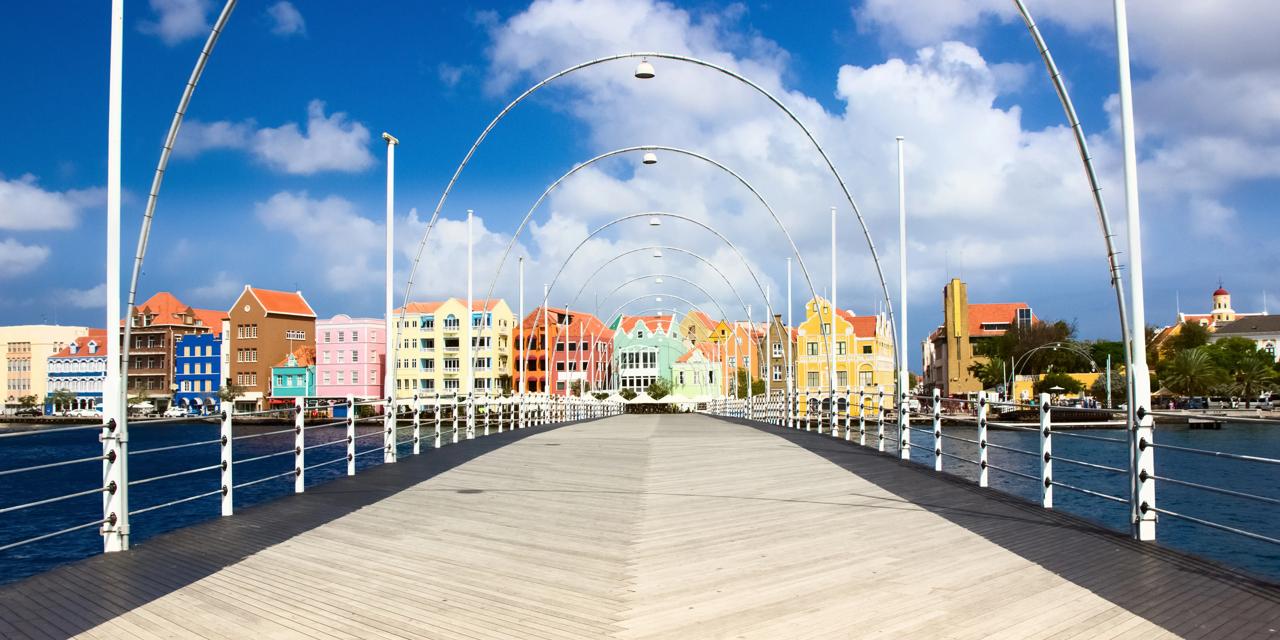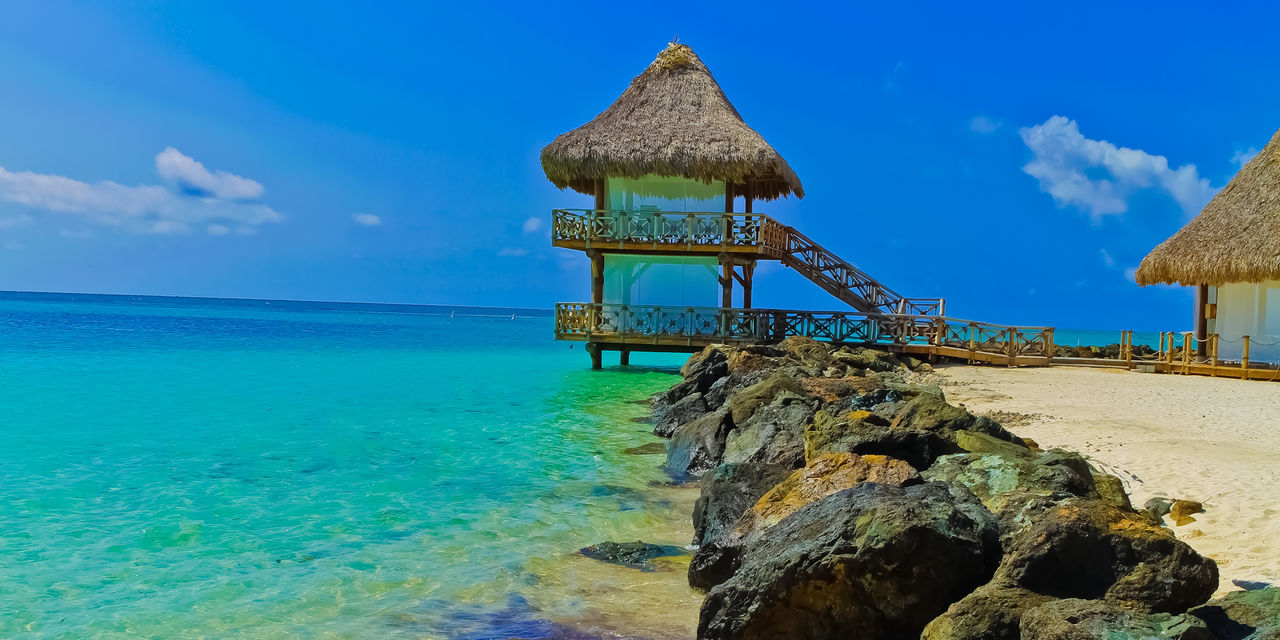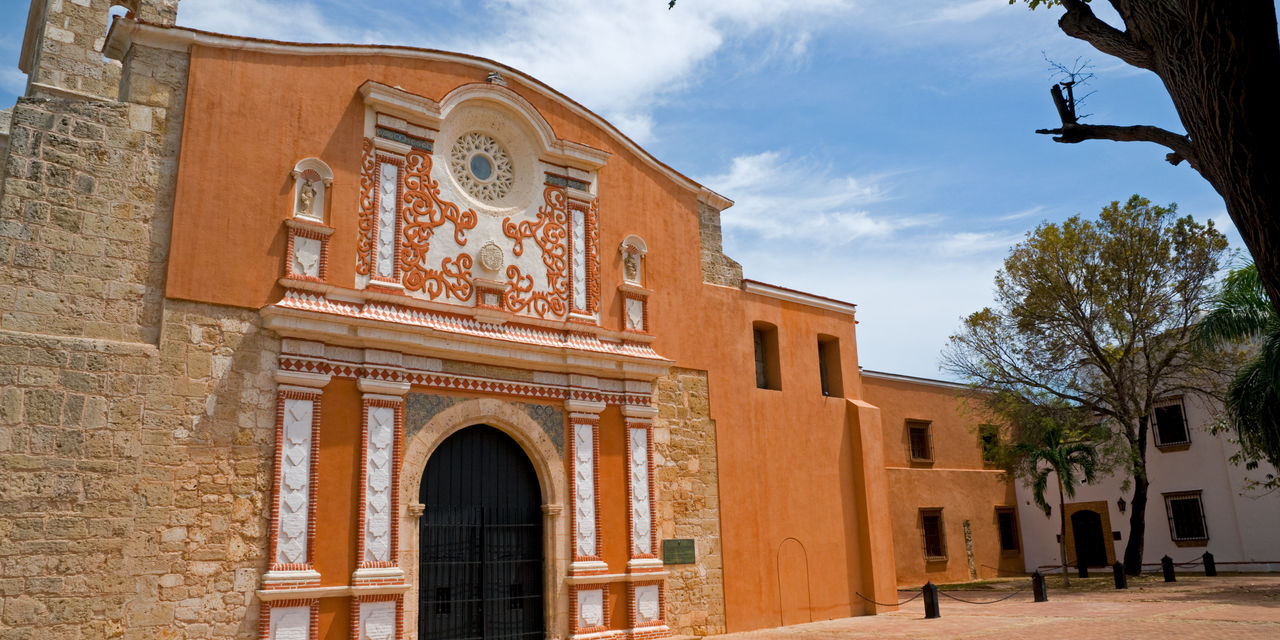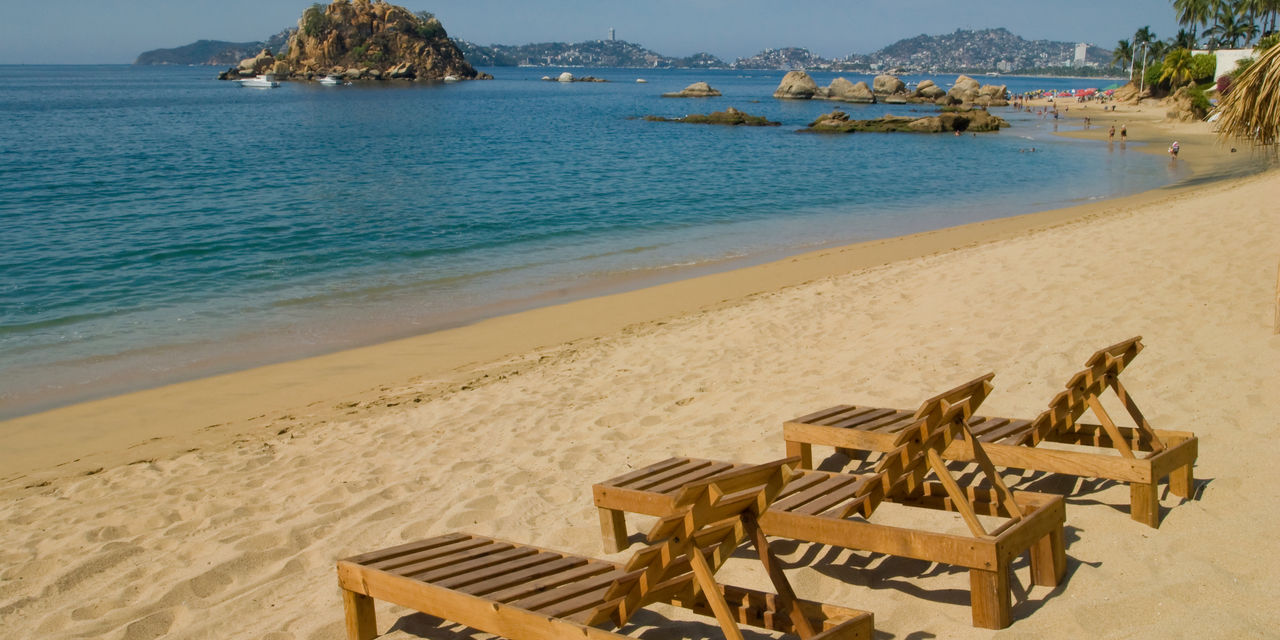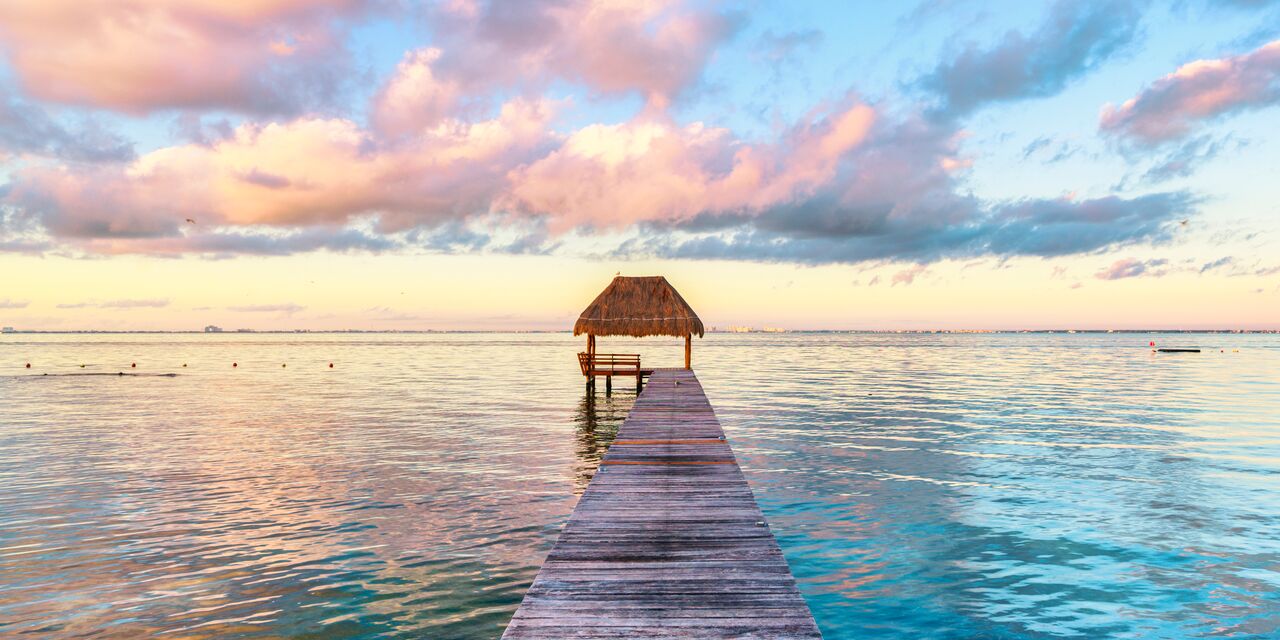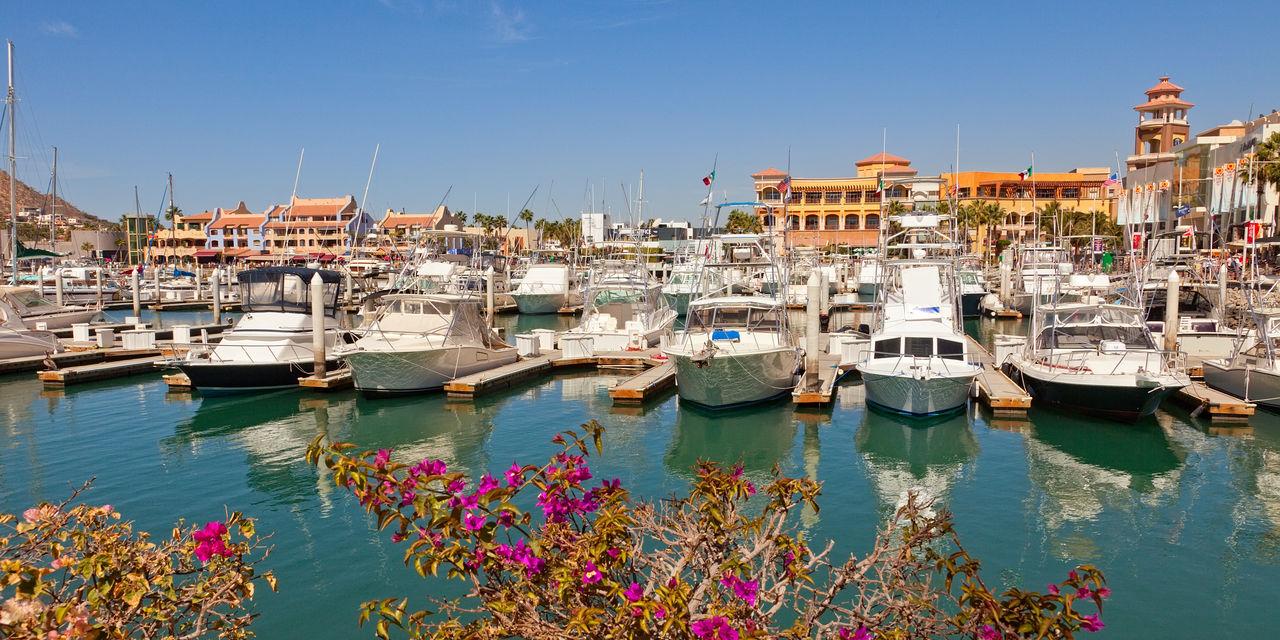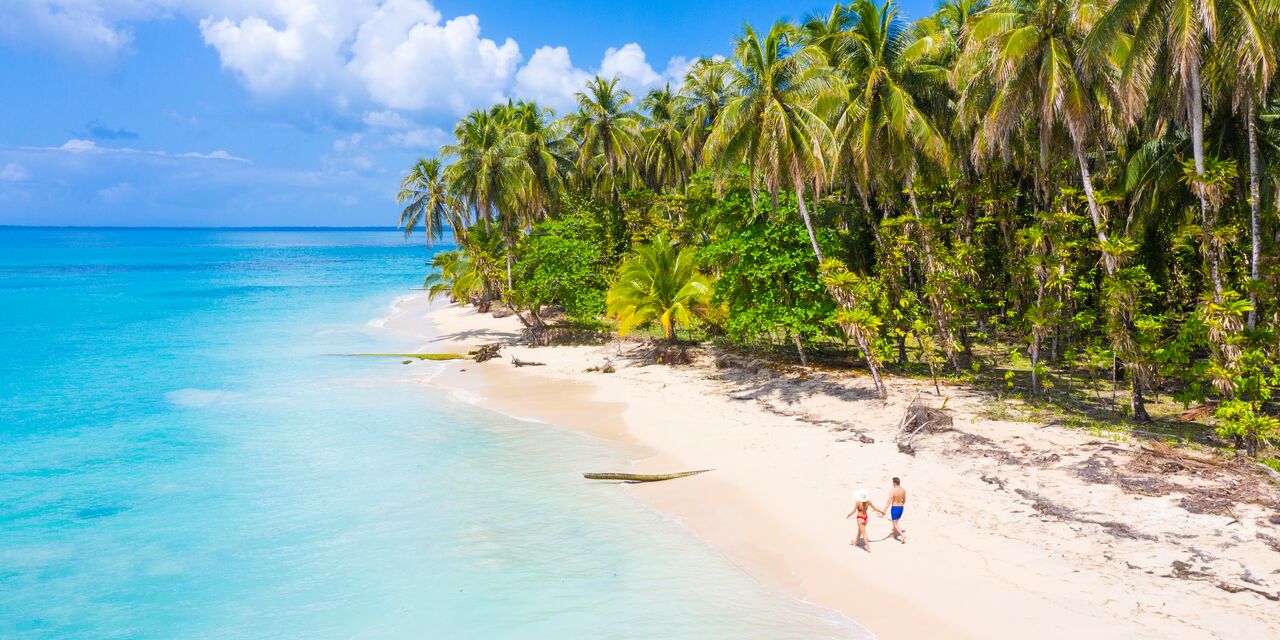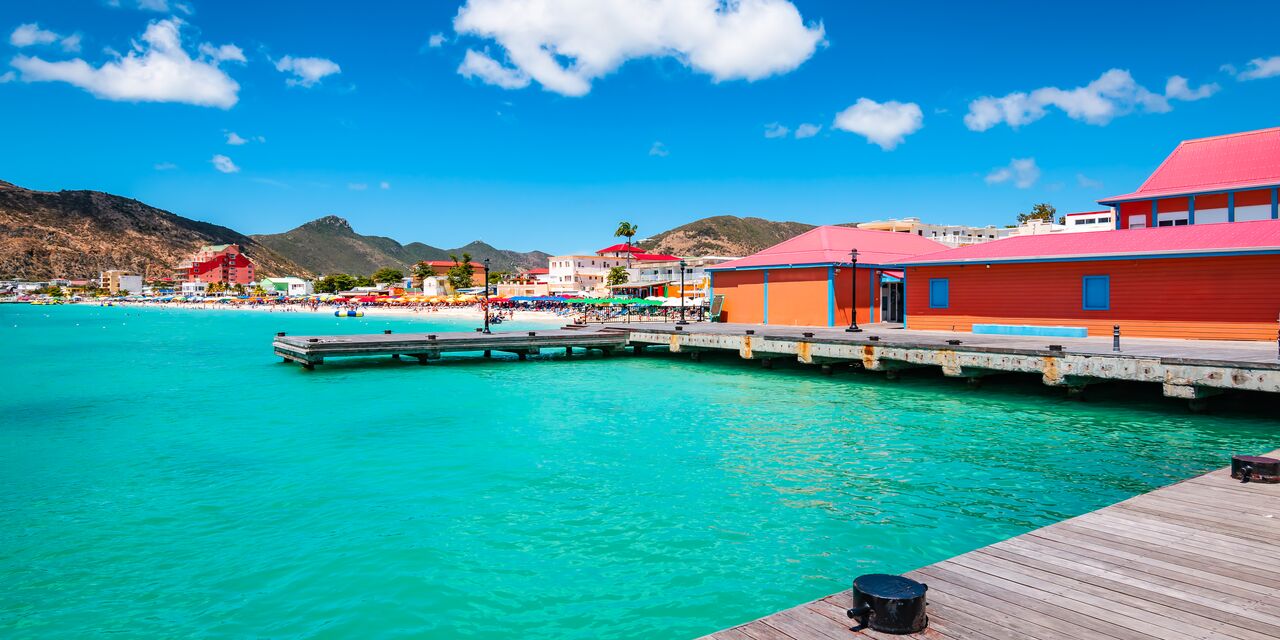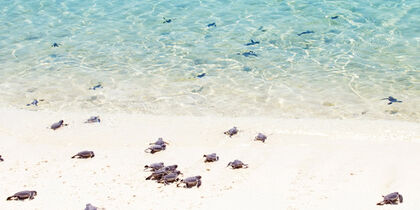
A fascinating sight
There are 4 species of sea turtles on Aruba: the green sea turtle, the loggerhead sea turtle, the hawksbill sea turtle and the rare leatherback turtle. All of them are endangered, so it is extremely important that these animals are protected. Although they appear lethargic, sea turtles can cover enormous distances through the ocean. Every 2 to 5 years, they use the earth’s magnetic field to navigate back to the beach where they were born. The females that return also lay large nests of eggs that they carefully cover with sand. If you’re lucky, you may get to see a nest hatching – from a distance. It starts with moving sand. When the temperature drops at the end of the day, it’s a sign for the young turtles to run towards the water en masse. After sunset, it is important that all lights in the area are switched off because they can disorient the young turtles, who may then run in the wrong direction.
Conscious observers
Turtuga Aruba is a volunteer organisation that marks and protects turtle nests. They also inform the public about the nests, because unknowing observers can cause considerable harm. The most important rules of conduct when a nest is hatching are to switch off all lights, not pick up the turtles and not obstruct their path to the surf. It is important that the newly hatched turtles are able to find their own way and to imprint the beach location. After all, they need to return here in order to complete the life cycle.

